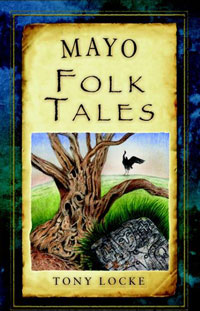


Rowan - The Thinker
January 21 – February 17
Rowan trees were planted near doors and gates to ward off evil influences and branches were attached to barns in order that the cattle housed inside would be protected from misfortune. This tree was also believed to guard the gateway to the spirit world and its boughs often used for dowsing and deflecting spells. The Rowan is sometimes called the "Whispering Tree" and ancient legend tells that it has secrets to reveal to those who would but listen.
Those born under the sign of the Rowan tree are said to have a keen mind which is creative and full of original thought. You may appear aloof or standoffish; some people often misunderstand you and think you are very cold. This could not be further from the truth for behind this cool exterior there burns the heat of passion. You have the ability to transform others by your shear presence alone and are able to influence people and situations while remaining quiet and thoughtful.
The Rowan, a tree of protection and insights, was known to be a tree belonging to the Faery. Its wood was frequently used for bows, favoured second only to Yew for this purpose. When sliced in two, the orange-red Rowan berry reveals a pentagram symbol of protection and according to many folk legends, an aid against magic. Thus, this tree was believed to possess the ability to protect from enchantment and trickery. The Tuatha De Danaan are said to have brought the Rowan to Ireland from Tir Tairnagire, the "Land of Promise." In Irish legend, the first human female was created from Rowan (the first male being created from Alder).
All parts of the tree are astringent and may be used in tanning and dyeing black. When cut, its wood yields poles and hoops for barrels. The ripe red berries are said to be beneficial in the treatment of sore throats and inflamed tonsils and were once used as a curative for scurvy. The fruit of the Rowan is a favourite among birds and a delicious jelly can be made from the berries. Walking sticks or magician staves were customarily made of this wood in order to ensure safe journeys at night and it was often carried on ships to prevent damage from storms. If planted upon a grave, the Rowan was thought to keep the deceased from haunting.
A Rowan which grows out of another Rowan is known as a "Flying Rowan" and was considered especially potent against witches and their magic...a counter-charm against sorcery. Rowan is considered an "ornamental wood" and is a wonderful lure for birds (which gives this tree yet another name, "Bird Catcher"). It is also useful in making fence posts and walking sticks.
Rowans are natural born leaders but, because they often adopt unpopular causes, sometimes have very few followers. They are kind and thoughtful people but have problems in following others, which can lead to serious authority issues. Rowan people make for excellent listeners and are very respectful of others' opinions. Their sense of humour can at times be a bit odd sometimes finding the funny side of quite serious issues.
Animals:
The Crane -- One late Celtic tradition (apparently originated after the arrival of Christianity) stated that Cranes were people paying penance for wrong-doing. The Crane was associated with Lir, the Celtic Sea-God, who made his bag from the skin of this bird. The Crane was also sacred to the Triple Goddess and sometimes known as the "Moon Bird." It symbolised shamanic travel, the learning and keeping of secrets and the search for deeper mysteries and truth.


No comments:
Post a Comment